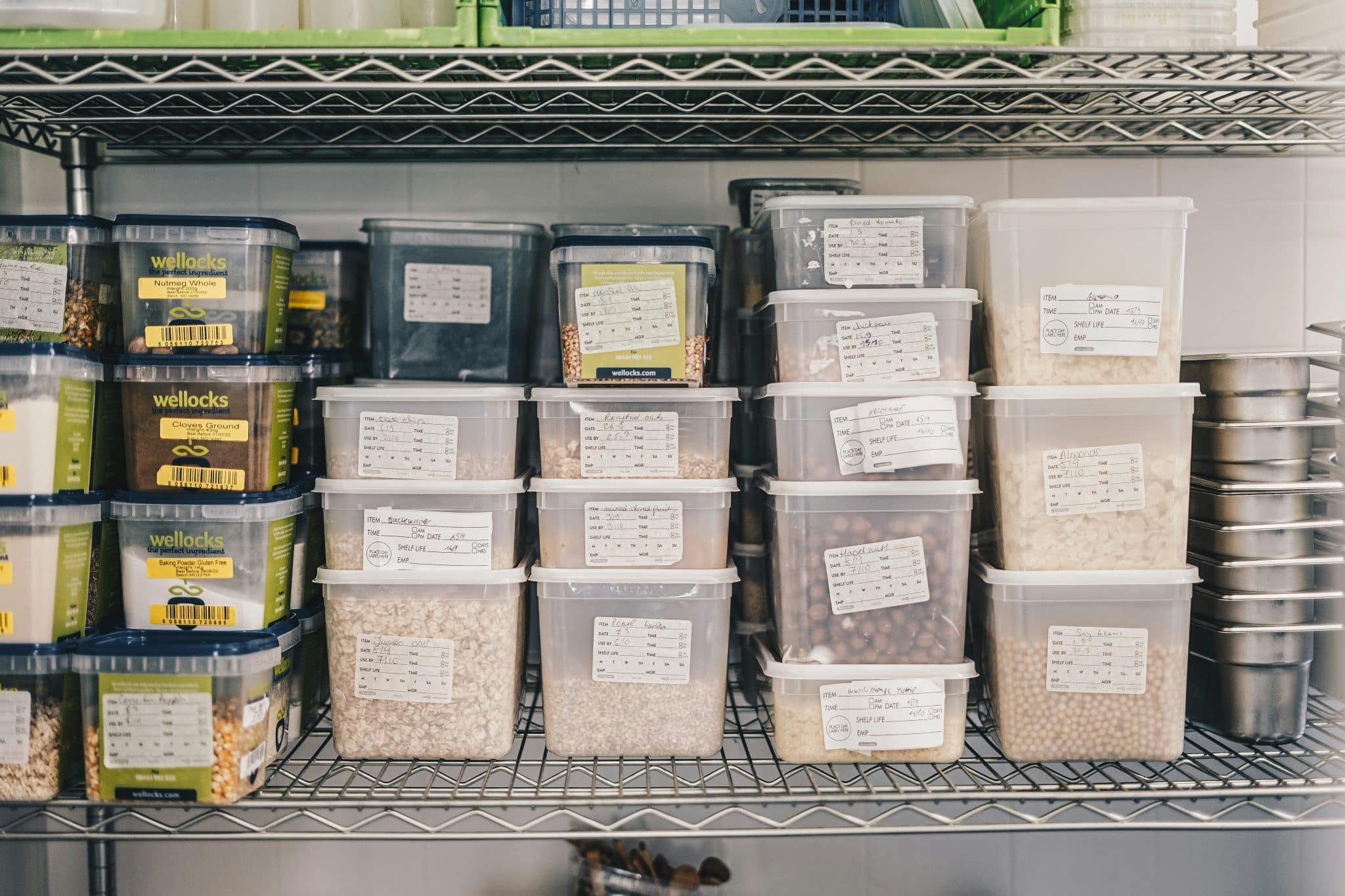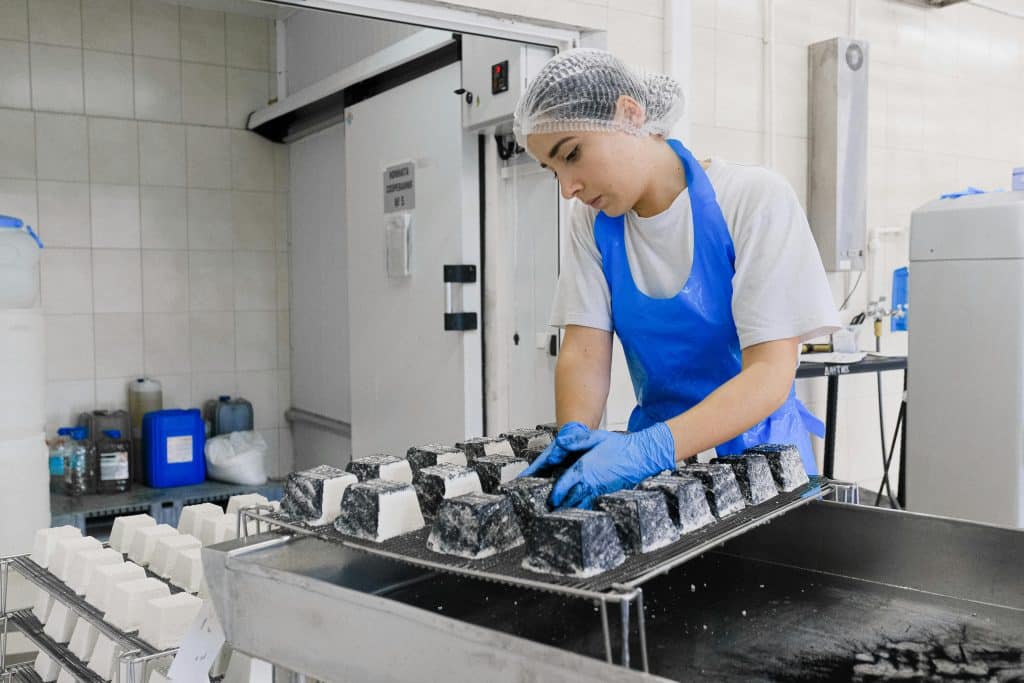Keeping temperatures in check within BRC Storage and Distribution is a bit like trying to keep a steady temperature in your own home. Imagine opening the fridge, and instead of a consistent cool breeze, there’s a burst of warmth. That’s not ideal, is it? Just like at home, maintaining the right temperature in a storage facility ensures everything stays fresh and safe. When it comes to food storage, not keeping things at the correct temperature can lead to spoilage and potential health risks, as no one wants a tummy upset from improper storage conditions.
In BRC Storage and Distribution, temperature control isn’t just a box to tick on a compliance form—it’s a dynamic process that keeps produce in top condition. The BRC standards call for facilities to manage temperatures diligently, preventing minor lapses that could lead to major issues. By understanding what can go wrong and how to fix it, businesses not only comply with BRC regulations but also protect consumers. So, let’s explore what it means to keep things cool and consistent in storage solutions.
Understanding Temperature Control in Storage
Temperature control, when talking about storage, is all about keeping things just right—not too hot and not too cold. It sounds simple, but achieving that balance requires effort and attention. In BRC Storage and Distribution settings, maintaining consistent temperatures is crucial for preserving the quality and safety of food products. Imagine storing ice cream that accidentally melts and refreezes—it wouldn’t be much fun to eat afterwards.
One of the key challenges is that many storage areas deal with fluctuating external temperatures. Whether it’s the heat of summer or a chilly winter morning, keeping inside conditions stable demands well-functioning equipment and regular checks. Facilities have to ensure that there isn’t a significant deviation that might affect the quality of the goods within. It’s not just about having a big fridge—it’s about managing each part of the storage environment.
What often happens is that temperatures can spike or drop without immediate detection, especially in large facilities. This might be due to faulty equipment, insufficient monitoring, or even human error. These deviations might affect not only the products but also invite compliance issues. When issues occur, it’s essential to have quick responses and solutions in place, ensuring both the immediate fix and long-term prevention. Taking proactive steps can ensure that BRC standards are upheld and food remains safe for consumption.
Best Practices for Monitoring Temperatures
To maintain consistent temperature control, it’s crucial to use the right tools and develop good monitoring habits. High-tech thermometers and data loggers can provide accurate readings and alert you to any fluctuations. Digital systems have become the backbone of modern warehouses, offering real-time monitoring and automated alerts. These tools help maintain the delicate balance required to keep everything chill, literally.
Creating a schedule for regular temperature checks is another essential practice. This involves setting specific times during the day to manually—and digitally—verify temperatures. This way, you can catch deviations early before they become bigger problems. Moreover, maintaining thorough records is key, making it easier for you to spot trends or repeat issues. Keeping a log of temperature reads isn’t just for compliance; it helps pinpoint patterns that need attention.
Check off these key actions to ensure proper monitoring:
– Use reliable equipment such as thermometers and data loggers.
– Conduct regular checks at set intervals each day.
– Maintain a detailed log of temperature readings.
– Train staff to recognise and respond promptly to alerts.
Addressing Temperature Deviations
Once you’ve got the monitoring down, the next step is to know how to handle temperature deviations. Identifying the causes of these swings is often the first hurdle. Are equipment failures causing the issue? Could poor insulation be to blame? Or perhaps human error has crept in somewhere. Zeroing in on the root cause is vital for finding the right solution.
When temperatures fall outside the desired range, acting quickly is crucial to prevent spoilage or compliance issues. First, assess the equipment. Are the thermometers calibrated correctly? Ensure they are functioning as expected. It’s also wise to inspect the entire storage area for any structural issues that might be allowing external temperatures to seep in.
Long-term prevention involves looking at the bigger picture and perhaps upgrading storage solutions or enhancing staff training to ensure the same mistakes don’t recur. Regular maintenance of equipment and periodic checks can significantly reduce the risk of deviations. These proactive steps can protect the integrity of stored products and keep everything up to code.
Benefits of Effective Temperature Control
Getting temperature control right isn’t just a compliance task; it brings real benefits. Safe and consistent storage conditions mean improved food safety and quality. This directly impacts consumer trust and satisfaction—key elements in any business that deals with food distribution. When products reach consumers in good condition, everyone wins.
Following BRC standards for temperature control means staying ahead of potential mishaps, reducing waste, and ensuring product integrity. By aligning storage practices with these standards, businesses can feel confident about the safety and quality of their offerings. Ultimately, effective temperature management supports a strong reputation, encourages repeat business, and sets the stage for long-term success.
Consistent temperature monitoring and swift responses to deviations are critical for effective storage management. With the benefits ranging from better food quality to enhanced customer trust, investing in proper temperature controls is a no-brainer. By using reliable equipment, establishing sound monitoring practices, and addressing temperature issues promptly, your storage facility can maintain optimal conditions and uphold the standards set by BRC.
When it comes to maintaining proper temperature control, ensuring the safety and quality of your products is essential. MQM Consulting offers expert guidance tailored to meet your regulatory needs. Explore how our trusted BRC storage and distribution services can help your facility stay compliant and operate at peak performance.


